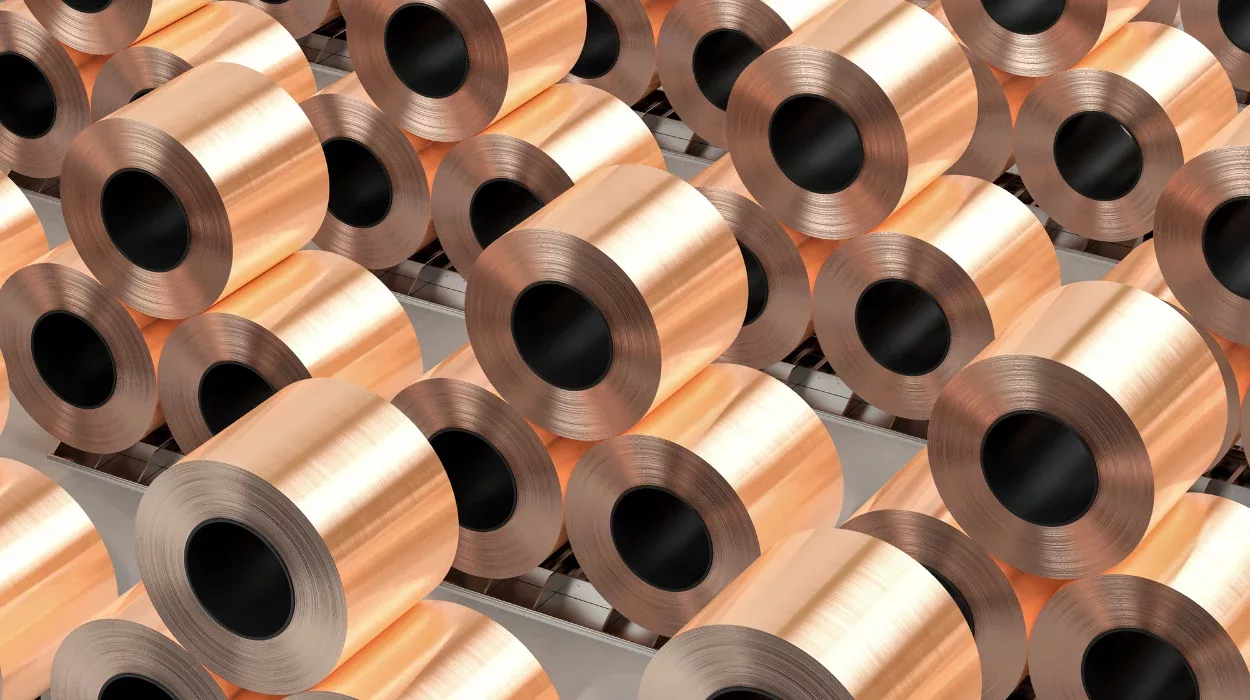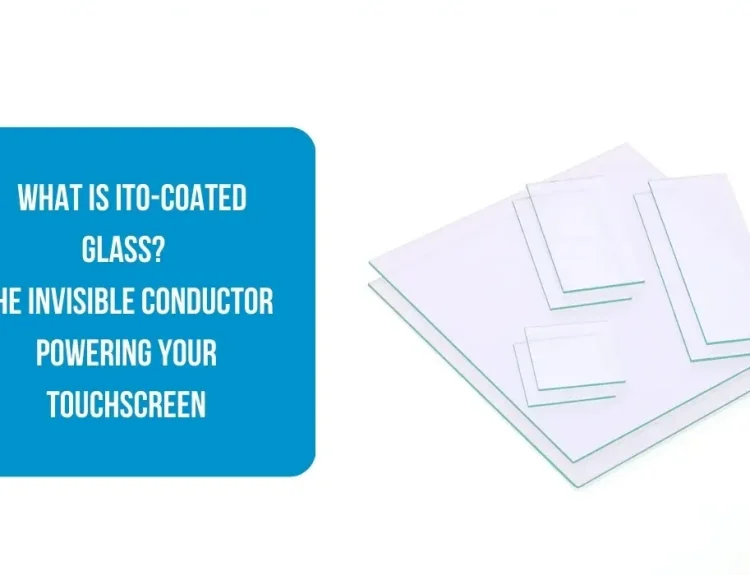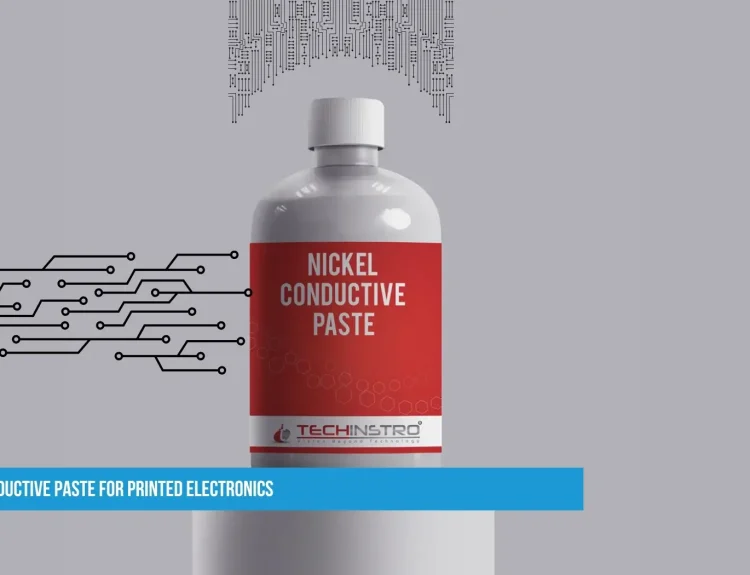Copper tape is a simple yet incredibly useful invention with various applications in electronics, gardening, and arts and crafts. This article will explain how copper tape was invented in an easy-to-understand way.
The Basics of Copper Conductive Tape
Copper tape comes usually with an adhesive backing, which makes it easy to apply to various surfaces. The adhesive side is often covered with a peel-off paper to keep it sticky until use. Copper tape is conductive, meaning it can carry electrical current, which is one of the main reasons it is so valuable in electronics.
Manufacturer and Suppliers of Copper Conductive Tape:
The Early Days of Copper Use
Humans have used copper for thousands of years, primarily for tools and ornaments and later for electrical wiring. Its excellent conductivity and flexibility made it a popular choice for many applications. However, turning copper into a tape took a bit longer to develop.
The Need for a Conductive Tape
In the mid-20th century, as electronics became more complex and widespread, there was a growing need for new materials that could make electrical connections more accessible and more efficient. Engineers and inventors constantly looked for ways to improve circuit design, reduce interference, and create more compact devices.
The Invention of Copper Tape
The exact origins of copper tape are unclear, as it likely developed through the collective efforts of multiple engineers and inventors working in the electronics industry. However, we can outline a general process of how the copper tape came to be:
- Recognizing the Problem: Engineers needed to create connections and shield electronic components from interference without using bulky wires and complicated soldering.
- Experimentation: Early attempts involved using copper foil and manually attaching it to surfaces. This process was time-consuming and not very practical for large-scale use.
- Innovation: The idea to add an adhesive backing to thin strips of copper likely emerged as a way to make the application process easier. By the 1960s and 1970s, manufacturers began producing adhesive-backed copper tape, which could be easily cut, applied, and used in various applications.
- Commercial Production: As the demand for more efficient electronic assembly grew, companies started producing large quantities of copper tape. This made it more accessible and affordable for various industries.
Applications and Benefits of Copper Conductive Tape
Copper tape quickly became popular due to its versatility and ease of use. Here are some of the key applications:
- Electronics: Copper tape is used to create and repair to create and repair circuits, grounding, and shields against electromagnetic interference (EMI).
- Gardening: Copper tape is an eco-friendly way to keep slugs and snails away from plants, as they dislike crawling over copper.
- Crafts and DIY Projects: Its flexibility and conductivity make it a favorite in arts and crafts, especially for creating decorative circuits and art pieces.
Conclusion
The invention of copper tape is a great example of how a simple idea can have a broad range of applications and make a significant impact. By turning copper into an adhesive-backed tape, engineers and inventors provided an easy-to-use solution for many challenges in electronics and beyond. Today, copper tape continues to be an essential tool in various fields, demonstrating the enduring value of this ingenious invention.







